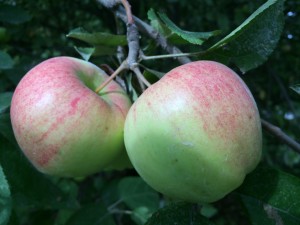Sleep hygiene refers to good sleep habits. Just like you might have good oral hygiene practices (i.e. brushing your teeth or flossing), you can also have good or bad sleep habits that contribute to the quality of your sleep. Though there are sleep medications that can aid sleep in the short term, adopting good sleep hygiene practices can help in the long term with sleeping difficulties.
Why is sleep important?
Sleep can have several health benefits that include, but are not limited to:
- Clearing the brain of toxins
- Restoring the body physically
- Processing information and memorizing
- Regulating mood
- Strengthening the immune system
What is “Good” Sleep Hygiene?
The following is a list of tips and tricks to develop a better sleep hygiene and routine around sleep. It may be challenging for individuals to adopt all of these sleep habits, but even a couple can make a difference.
- Routine – Go to bed the same time every day and get up at the same time every day (including weekends and days off).
- When you are tired, go to sleep – It is better to only go to bed when you are tired rather than lying awake for an extended period of time.
- Avoid caffeine, alcohol and tobacco – If you are going to have coffee, best to consume it in the morning and not into the evening. If you are going to have tobacco or alcohol, it is best to avoid it 4-6 hours before going to bed.
- The bed is for sleeping and sex – Avoid using the bed for watching television, eating, working, etc.
- Avoid taking naps during the day – This will make sure you feel tired when you do go to bed.
- Develop a sleep ritual – This might involve having a calming tea, breathing exercises, or relaxing stretches before bed. This will look different for everyone.
- Do not watch the clock – Watching the clock when you are trying to sleep can reinforce negative thoughts regarding sleep.
- Use a sleep diary – Sleep diaries allow you to track progress and know how well or not so well you actually sleep. They also allow you to notice patterns that could be adjusted. They can also be a helpful tool for your health care provider when discussing where treatment needs to go if you still struggle with sleep.
- Exercise – Exercise is a good lifestyle habit to develop, but should be avoided at night. Exercise is best done in the morning or early afternoon.
- Regular healthy eating – Having a heavy meal too close to bed can disrupt sleep. Therefore, avoiding heavy meals before bed can be beneficial.
- Make the bedroom a sleep healthy environment – Making the bedroom as dark as possible and quiet as possible sets the stage for good sleep.
- Keep your daily routines the same – If you have a disrupted sleep, try to keep the activities you planned the same as it can reinforce the sleep disturbance.
- Avoid Screens – It is important to avoid screens when you are trying to fall asleep. The lights from a TV screen, computer screen, or cell phone can be stimulating and keep you awake as opposed to helping you fall asleep.
Have you benefitted from reading this blog? Know someone that would benefit as well? Share, Like, Comment, or Tweet this article, and let me know what you think.
Some of the information provided above may not be appropriate for everyone, please consult with your doctor before trying any of the above. If you are interested in Naturopathic Medicine and wanting a different approach to your health care needs, contact Elisha Cook via the contact portion of this website.




